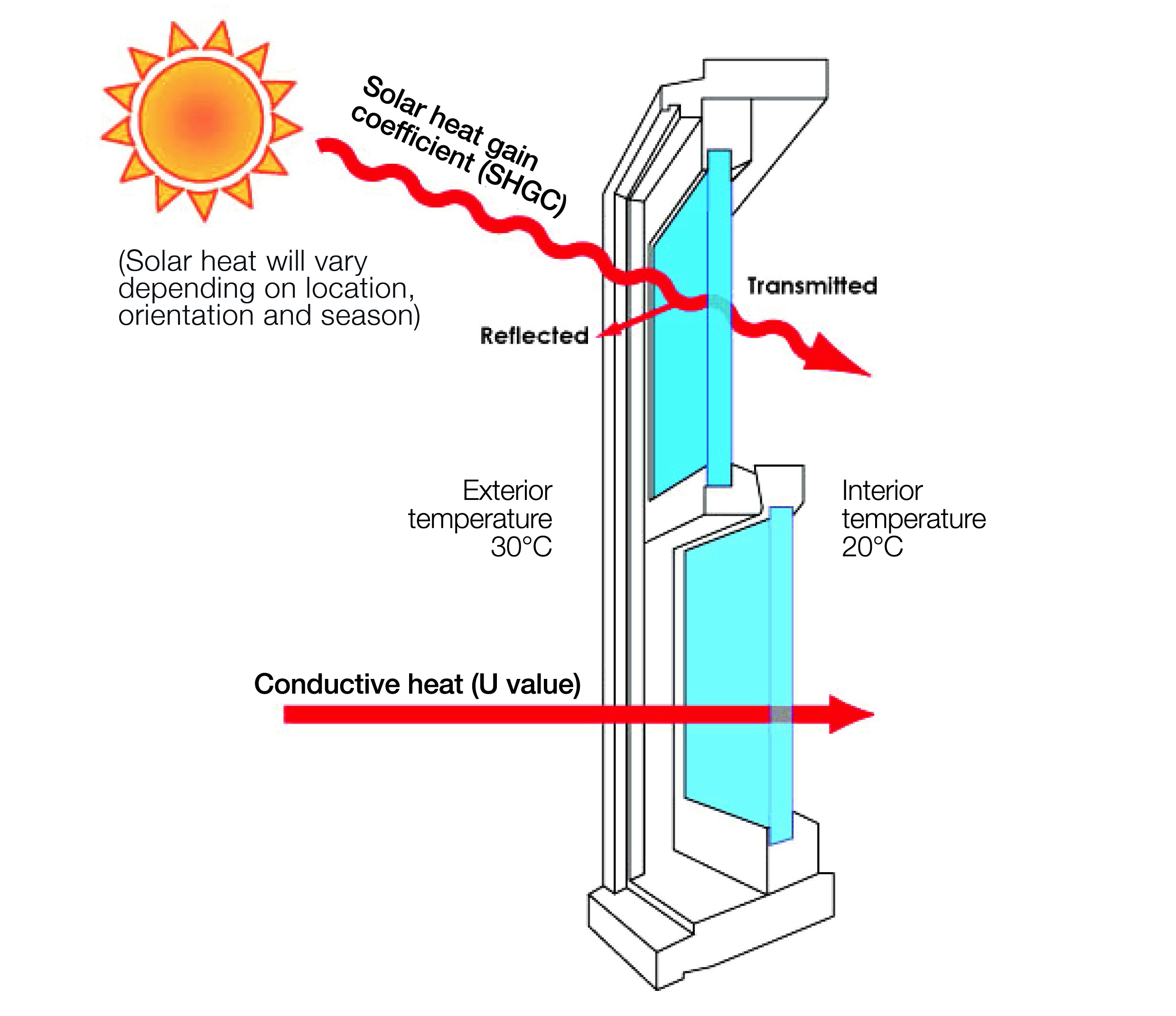All Categories
Featured
Table of Contents
What Is Double Glazing Windows And Doors? in Beechina Western Australia
Glazing just implies the windows in your house, consisting of both openable and set windows, as well as doors with glass and skylights. Glazing really simply implies the glass part, however it is typically utilized to describe all elements of an assembly consisting of glass, movies, frames and home furnishings. Taking note of all of these aspects will help you to achieve efficient passive design.

Energy-efficient glazing makes your home more comfy and significantly reduces your energy expenses. Inappropriate or inadequately designed glazing can be a significant source of undesirable heat gain in summertime and substantial heat loss and condensation in winter season. As much as 87% of a house's heating energy can be gotten and approximately 40% lost through windows.
Twinglaze® Double Glaze Specification Act - Vic in Landsdale Perth
Glazing is a significant investment in the quality of your house. The expense of glazing and the cost of heating and cooling your home are closely associated. An initial financial investment in energy-efficient windows, skylights and doors can considerably decrease your annual heating & cooling bill. Energy-efficient glazing likewise decreases the peak heating and cooling load, which can lower the needed size of an air-conditioning system by 30%, causing more expense savings.

This tool compares window selections to a base level aluminium window with 3mm clear glass. Comprehending a few of the crucial homes of glass will assist you to pick the best glazing for your home. Key homes of glass Source: Adapted from the Australian Window Association The quantity of light that travels through the glazing is referred to as noticeable light transmittance (VLT) or noticeable transmittance (VT).
Double Glazing - Windows - Doors in Osborne Park Perth
This might lead you to change on lights, which will lead to greater energy costs. Conduction is how easily a material performs heat. This is referred to as the U value. The U worth for windows (expressed as Uw), explains the conduction of the entire window (glass and frame together). The lower the U value, the higher a window's resistance to heat flow and the better its insulating worth.
If your house has 70m2 of glazing with aluminium frames and clear glass with a U worth of 6. 2W/m2 C, on a winter's night when it is 15C cooler outside compared to inside, the heat loss through the windows would be: 6. 2 15 70 = 6510W That is equivalent to the overall heat output of a large space gas heating system or a 6.
What Are The Benefits Of Double Glazed Windows? in Swan View Western Australia

If you choose a window with half the U worth (3. 1W/m2 C) (for example, double glazing with an argon-filled gap and less-conductive frames), you can halve the heat loss: 3. 1 15 70 = 3255W The solar heat gain coefficient (SHGC) for windows (revealed as SHGCw) determines how easily heat from direct sunshine streams through a whole window (glass and frame together).
The lower a window's SHGC, the less solar heat it transfers to the house interior. The actual SHGC for windows is affected by the angle that solar radiation strikes the glass.
Enjoy Your Summer More With Double Glazed Windows in Beaconsfield Perth
When the sun is perpendicular (at 90) to the glass, it has an angle of occurrence of 0 and the window will experience the maximum possible solar heat gain. The SHGC stated by glazing manufacturers is always calculated as having a 0 angle of incidence. As the angle increases, more solar radiation is shown, and less is transmitted.
Table of Contents
Latest Posts
A Complete Guide To Double Glazed Windows in Wexcombe Western Australia
Which Type Of Glass Is Best For Energy Efficiency? - A&l Windows in Boya Perth
Insulated Glass Unit – Igu in Joondanna Perth
More
Latest Posts
A Complete Guide To Double Glazed Windows in Wexcombe Western Australia
Which Type Of Glass Is Best For Energy Efficiency? - A&l Windows in Boya Perth
Insulated Glass Unit – Igu in Joondanna Perth